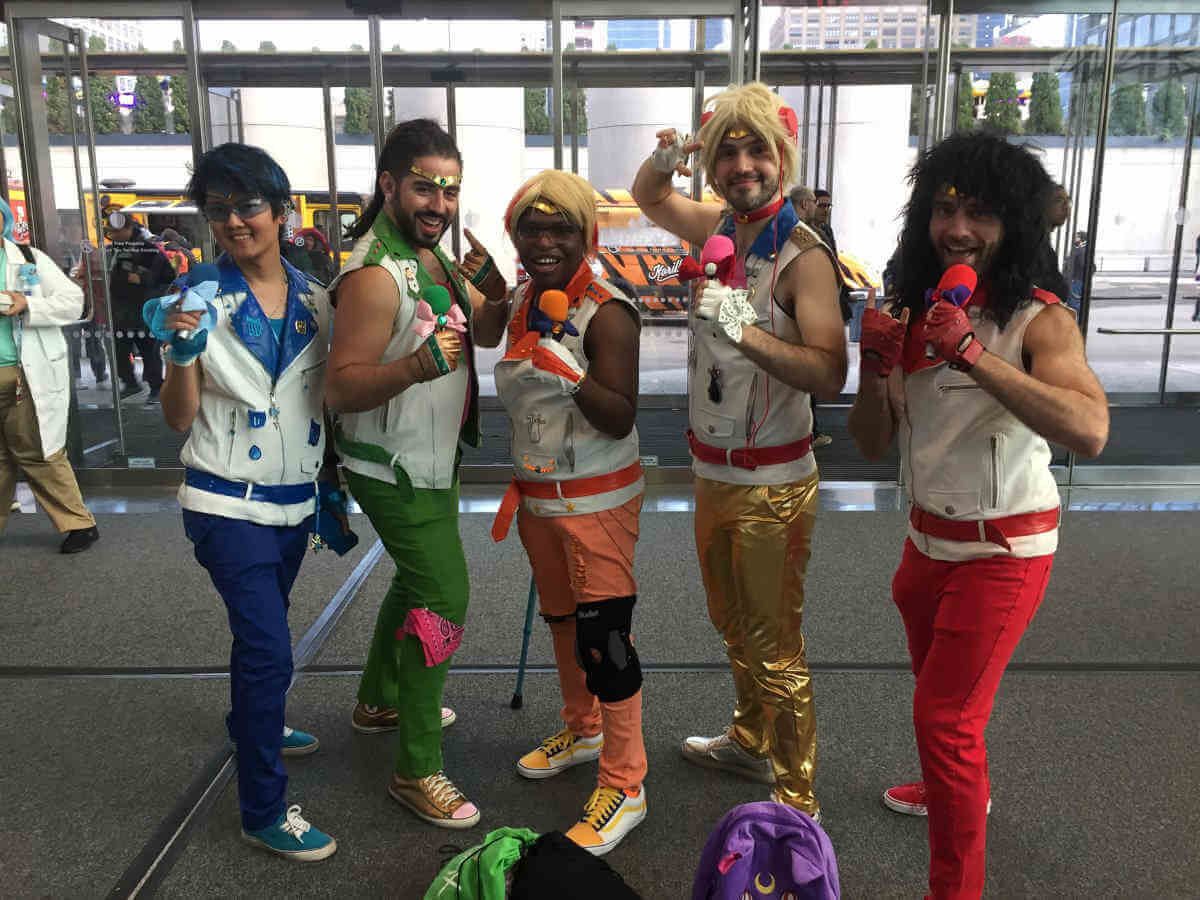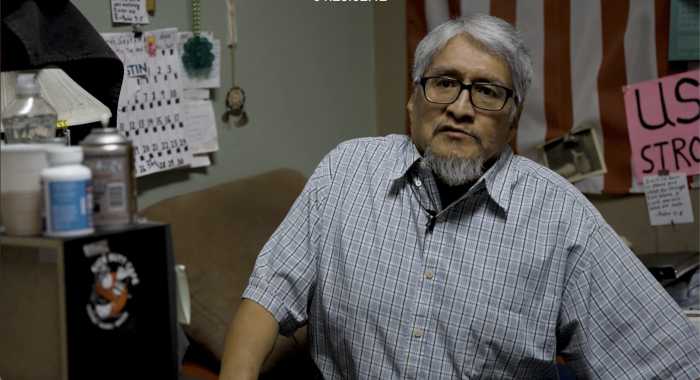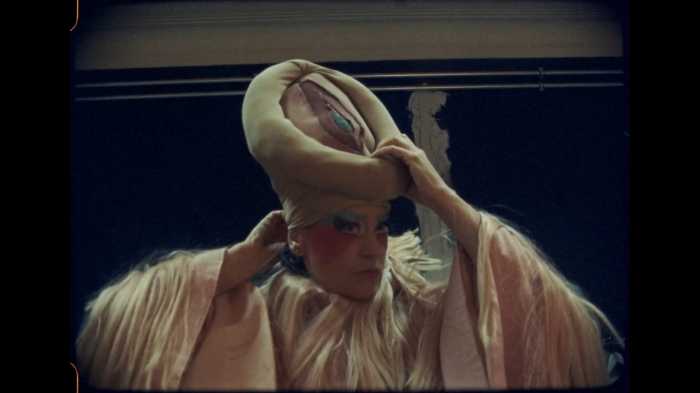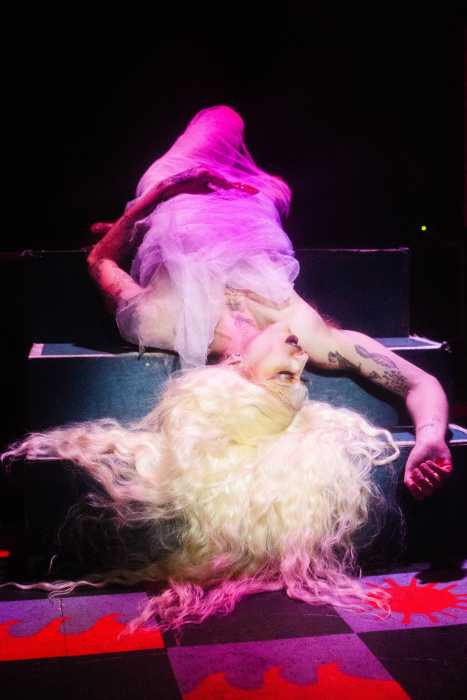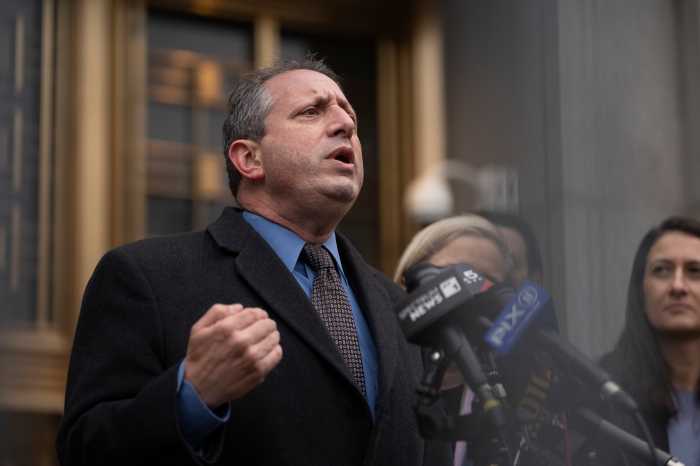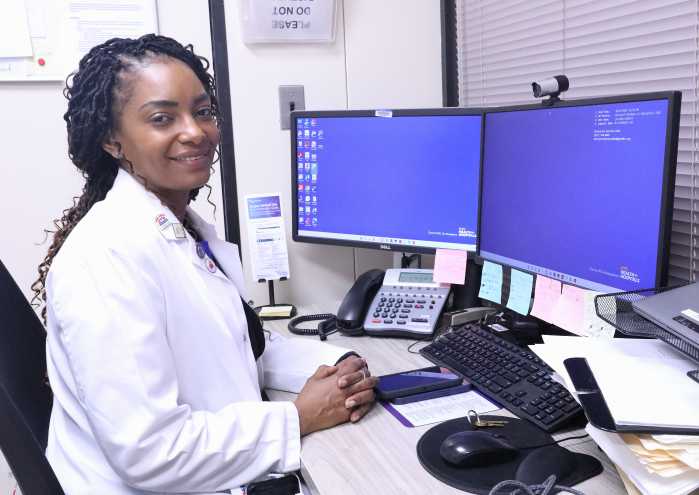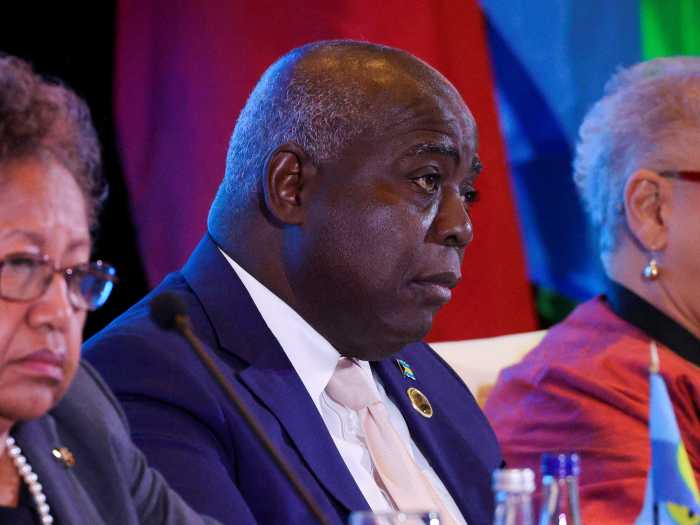The stereotypes of anime fans range from the anti-social, obsessive otaku with his collection of Gundam models to the giggling teenage Sailor Moon cosplayer. To be sure, both of these could be found at the second edition of Anime NYC at the Jacob Javits Center this past weekend.
But the anime scene also has a large amount of queer content, not to mention openly LGBTQ artists and fans. Gay City News spoke with some of the creators, vendors, and librarians who are working to bring these interests and artists into mainstream awareness.
Judith Fisch, an animator, and artist Natalie Reichel are the owners of Gay Breakfast Studio, a creative lab for LGBTQ art and podcasts. On Saturday morning, the Studio hosted a wide-ranging panel on LGBTQ themes in anime and manga, the popular Japanese comic books and graphic novels. Fisch and Reichel told the standing-room-only crowd about the historic nature of gay stories in Japanese culture, even in early 20th century prose and theater that predate manga.

The gay-related manga that is currently at the forefront of American media awareness is yaoi. Pronounced “yowie,” this style of comics and cartoons features gay male characters, but the target audience is actually young women. Yaoi was first brought to wider audiences two years ago through the popular “Yuri on Ice” anime. Fisch pointed out that “‘Yuri on Ice’ is a sports show first and foremost. It’s about a figure skater who is making his big comeback, but it’s also a love story between him and his coach. It’s a very genuine love story. It treats the relationship with a lot more respect than others in the genre have in the past.”
On the show floor was a booth called OTP, which specializes in fan-made comics from Japan where characters are often engaged in gay relationships outside the story’s traditional canon. The name OTP refers to anime fans who imagine their favorite characters in a “One True Pairing,” even if that romantic coupling isn’t part of the story. OTP’s owner, who gave his name as Dylan, told us about the origin of Yaoi and “Boys Love” manga as a way for closeted lesbians to have erotica.
“It’s sort of a funny story,” he explained. “It got started back in the ‘70s by lesbians, who would draw two men together, very effeminately because if they got caught with it they could explain it. But if you got caught with comics with two women, you couldn’t really explain that to your family.”

Anime NYC also offered a reading library, the Carolina Manga Library, that had manga and Western comics for the crowd to browse. One of the library’s volunteers said they use manga to spread literacy.
“Young teens and kids will show an interest in reading through manga and comics,” the volunteer said, “but then their parents, teachers, and librarians will tell them, ‘That’s not a real book’ and turn them off of wanting to read. So we try to help abolish that stigma.”
Among the library’s thousands of titles were some LGBTQ content. A prominent item for sale was a mystery bag of Yaoi.

“A lot of the people who try to buy them are young teenage girls, and we don’t allow that,” a library staffer explained, saying the yaoi grab bags were only for people over 18. Some less explicit yaoi, however, was available for rental to younger readers. Though there was demand for yaoi at the con, the most popular manga titles, library volunteers said, remain the action stories like “My Hero Academia” and “One-Punch Man,” which feature little in the way of LGBTQ content — and even the occasional negative stereotype.
Another cultural peculiarity specific to Japanese fiction is the “Class S Relationship,” in which two teenage girls have an innocent romantic relationship, with the implication that the characters will grow out of it and aren’t truly lesbians. This genre was popular in theater and prose in earlier Japanese fiction, but still has an echo in present day manga and anime.
“It’s a very chaste relationship that is seen as an attribute of their fleeting youth,” Reichel explained. “It’s part of the belief that girls will experiment with romance on each other before they’re ready to grow up and get married. There’s this veil of purity over the whole thing, there’s usually sparkles and shimmering eyelashes and hand-holding.”

Reichel and Fisch both laughed at this reference to such overused animation flourishes.
While specific sub-genres overtly target gay readers — or those seeking gay content for fetishistic reasons — there is also a lengthy tradition of gay and transgender characters in mainstream anime. During their panel, Reichel and Fisch cited many examples from the period when anime first became popular in America. Of particular note is the very popular manga “One Piece,” which has recurring appearances from the character Bon Clay, a stereotypical Okama, the Japanese term for drag queen.
While Bon Clay’s gender presentation is an outlandish stereotype, Reichel pointed out, “The character is morally exemplary. The character is loyal, the character never gives up in a fight for his friends. The character is really good at fighting — which, in a shonen [teen] anime, if you are a good guy and you’re good at fighting you’re the best there is as a person.”

That for a character who happens to be drawn from the LGBTQ world.
Anime NYC has confirmed it will return in 2019 from November 15-17.


